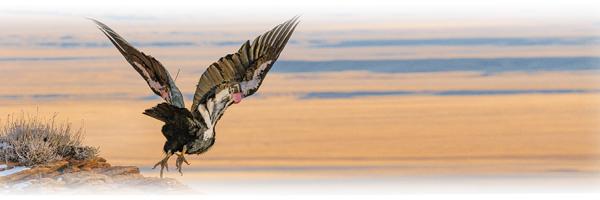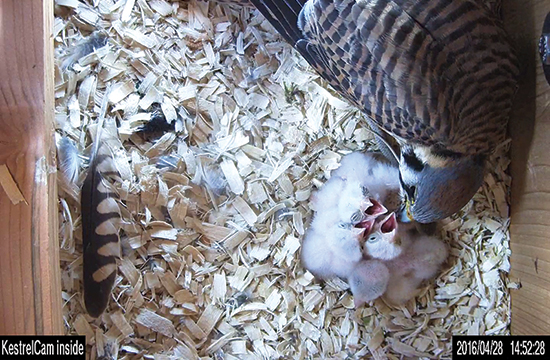Jim Shane
Researchers with The Peregrine Fund and Boise State University received a prestigious National Science Foundation (NSF) grant that will allow them to perform the first-ever study of the outcomes of live-streaming webcams as a tool in informal STEM learning.
STEM webcams are video cameras that livestream footage onto the internet and are operated by a STEM or STEM-education organization such as NASA or Cornell Lab of Ornithology. The footage can cover a range of subjects including volcanoes, coral reefs, bird nests, zoo exhibits, engineering projects, or views from space. If you’ve ever watched an eagle feed its nestlings via a livestream online or watched the livestream view of Earth from the International Space Station, you have engaged with a STEM webcam.
With more than 3.5 billion internet users on our planet, it is estimated that millions of people worldwide have collectively viewed STEM webcams hundreds of millions of times. Yet with all of this interest and all of the time and energy poured into facilitating these cameras, no published studies have examined the ability of STEM webcams to influence any aspect of learning among viewers.
“After managing the streaming of The Peregrine Fund’s American Kestrel Partnership (AKP) American Kestrel webcam for several years, I wanted to better understand the educational value of what we were doing,” says Dr. Sarah Schulwitz, Director of the AKP and lead investigator on the study. “This study will allow us to measure the impact webcams have on viewers. Do they spark interest and excitement, inspire learning, or engender connectedness to nature or the webcam subject?”
Dr. Vanessa Crossgrove Fry, Interim Director of the Idaho Policy Institute at Boise State University and co-lead on the study adds, “We are thrilled to be partnering with The Peregrine Fund on this project. This research will allow us to inventory STEM webcams, survey those who are managing the webcams to understand their goals for the livestreams, and survey the viewers of those cameras to assess whether the intended goals are being achieved.”
“We know that people are watching webcam streams and enjoying the experience. This study is an opportunity to help turn those watching experiences into more engaging and enriching activities that can help viewers to better understand what they’re seeing,” says Schulwitz, “and ultimately, we hope that our efforts will give webcam managers more tools to inspire the next generation of STEM practitioners.”







